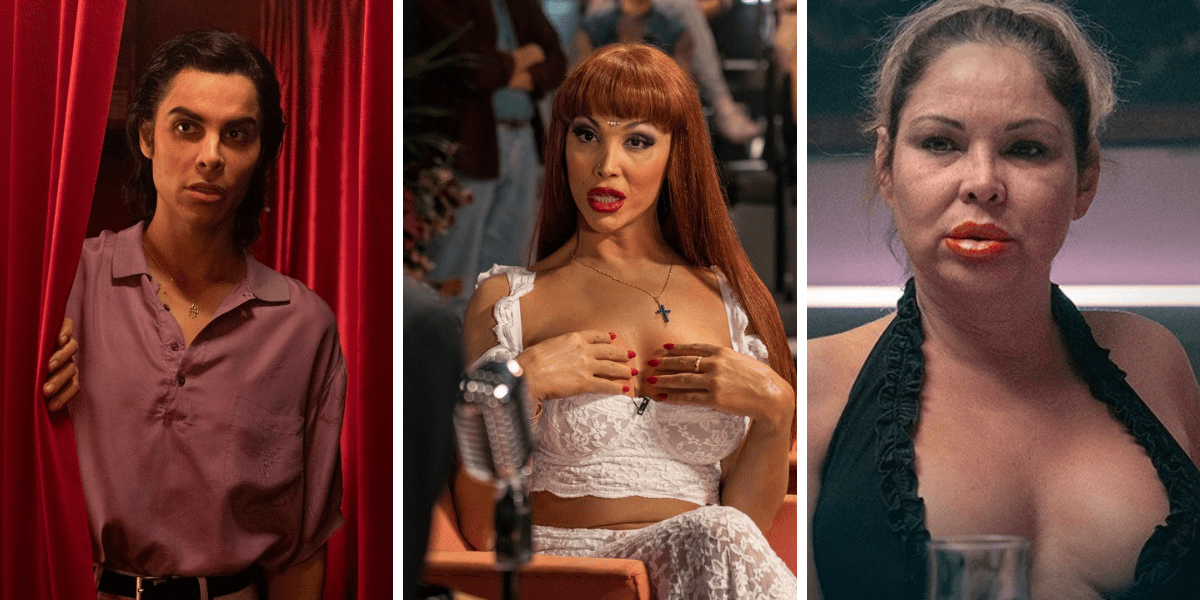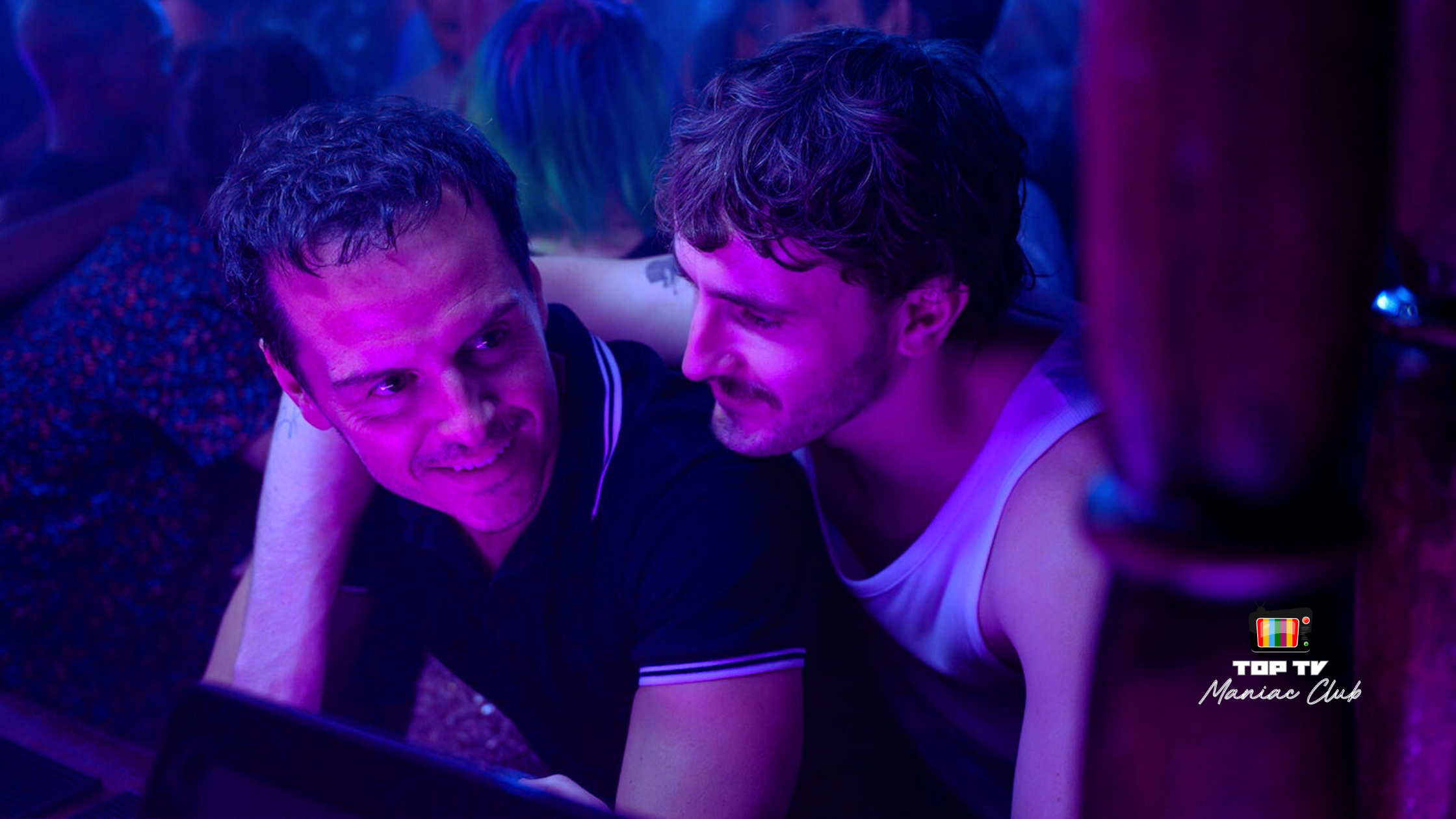The human being is a race that has definitely failed, but we who want to build up a better world still have a chance to save it, because if we compare to the past how it was, we have done a great improvement. That’s a sort of thing I felt after watching the eight episodes of the Spanish biographical series “Veneno”, inspired by the life story of the transgender Cristina Ortiz Rodríguez, who in the 90s became the first transsexual woman to appear on Spanish television and built a legacy in Spanish LGBTQIA + community . “Veneno” which means “Poison” in Spanish is a biographical television limited series, created by Javier Ambrossi and Javier Calvo that aired on Atresplayer Premium in Spain and premiered internationally on HBO Max, in the late 2020.
The series unfolds the life of Cristina Ortiz Rodríguez, better known by the nickname “La Veneno“. Throughout the narrative, we follow two women and their parallel stories that will interconnect during the series. In the early 2000s, Valéria Veigas is a student of journalism who is beginning the process of accepting that she is transgender. Valeria grew up in the ’90s admiring an iconic personality that made her understand her nature. In the other timeline, back to the past, more precisely in the 1960s, the series tells the story of Joselito( Cristina) a child who was born in a provincial town in the Adra region, Spain, in a traditional, conservative and perverse family. Since he was a little boy, Joselito had noticed that he was different and suffered reprisal from his mother and homophobic neighbours for being who he is. Time went by fast and the violence against Joselito increased, as the mistreatment suffered by his mother. So, Joselito decided to flee his home and seek his identity away from the prejudiced eyes of his hometown habitants.




During the 1980s, Joselito lost contact with almost all members of the family and with much effort he survived by doing poorly paid jobs, as he was not literate, and despite the countless difficulties and hurt with his mother, he began to trace his own destiny. First living your sexual experiences with other men and later, accepting yourself as a transsexual woman. From this moment on, the young gay man from a rural city began to pursue his dream of being the woman he always wanted to be but kept in fear of repression. Unfortunately, as always, transgenders and transvestites were seen as scum of society, to survive, Joselito, now with the name of Cristina, La Veneno, had to prostitute himself in Parque del Oeste, a park in Madrid where in the 90s, prostitutes (cis or trans) worked.
At the same period, Spain was rebuilding its history after long years of Franco dictatorship and sought freedom of expression as a way of shaping its new society, whether in the arts, the press or culture. It was through a news story about the prostitution market in Parque del Oeste, for the TV program “Esta Noche Cruzamos el Mississippi (English: Tonight We Cross the Mississippi), hosted by journalist Pepe Navarro, that Cristina, La Veneno accidentally raised fame. With her exuberant beauty, debauched way and controversial issues about the transgender and transvestite universe, prostitution and prejudice against the LGBTQIA population, she instantly became the first gay icon in Spain, and conquered a regular role in the TV programme.
Back in 2006, Valeria finally meets the legendary La Veneno and soon they establish a maternal relationship, capable of helping Valeria understands her transsexuality, but also she feels motivated to write a book about Cristina’s biography, La Veneno, by whom she nurtured admiration. Cristina, who at this point lives with her friend Paca de Las Piranhas, in Valencia, hidden by her shadows, starts spending her days telling her life to Valeria – from her childhood in a rural area, her drama with her traditional and bigotry family to a television celebrity in Spain.



The series documents La Veneno life`s experience such as the splendid times of her arrival on TV, her controversies with prostitution, family, fame, money, her loving bandits, frauds, prison, fights and confusions with enemies, prejudice and pride to the LGBT community until her mysterious death. Unfortunately, all her stories were questioned and scrutinised as true by the Spanish press, public opinion, because at that time (and unfortunately today too), trans women didn’t have any credibility, and were discredited and disrespected.
During 8 episodes the series unfolds the fascinating story of a woman who fought tirelessly for the right to live her own life, full of traumas, challenges, resignations, uncertainties, tribulations blows, prejudices, but also many achievements, bravery,fame, sucess and glamour. The series created by Javier Ambrossi and Javier Calvo based on the biography “¡Digo! Ni puta ni santa. Las memorias de La Veneno” , written by Valeria Vegas is an exquisite work to honour Cristina Ortiz Rodríguez, but it also makes us reflect on our social constructions over time concerning the LGBTQIA community, and all forms of social and cultural expression and freedom.



The series provides a great social service to the postmodern society and new LGBTQI generations, especially to transgenders, when it comes to contemporary advances in representativeness and respect for the community in the media such as TV and cinema, in the formal job market, in family circles, religious and social. Remembering the strength of real characters like Cristina who broke paradigms, faced stigmas, poverty and marginalisation to build a new path for transgender people and the entire LGBTQIA + community is fundamental to build this community future and avoid making the world commit the old mistakes towards this group.
In the structural aspect of the script, the series is exquisite, always investing in two timelines to storytelling about real events of the troubled life of the star La Veneno and Spain history, mixing drama and comedy very well, and giving a dynamic to the episodes. As the stories are born from the memories of Cristina herself, I as a viewer had the feeling of having been taken by that fantastic and cruel world that she related, in a blended of nostalgia, pain and pride, through dramaturgical devices such as flashbacks, flashforward, or even the use of a kind of metalanguage from Cristina’s life into her own life. It was a phenomenal creative work developed by the professionals behind the series. A great triumph for the La Veneno story.



Another major highlight is the cast of the transexual actress. According to my research, more than 25 trans actresses acted in the series and revived historical characters from the gay community of the 90s, among them Paca de Las Piranhas, a real character that in the adult phase was played by herself whose friendship relationship with Cristina was real. Jedet (young Cristina), Daniela Santiago (adult Cristina) and Isabel Torres (old Cristina) did an excellent job of recreating a character so loved, iconic and controversial with dignity, verisimilitude and emotion, that it is impossible to choose the best among the three performances. I praise Lola Rodriguez who plays the sweet Valeria Vegas whose character is as important as La Veneno in the narrative, as she has the function of bringing Cristina’s memories back and with her sensitivity retelling her to the world, but it also serves as a counterpoint to show how the lives of transgender can have other paths than the sex and prostitution market, darkness and exclusion, thanks to the struggle of trans women contemporaneous to Cristina and Paca that a new story has begun to transgender.




